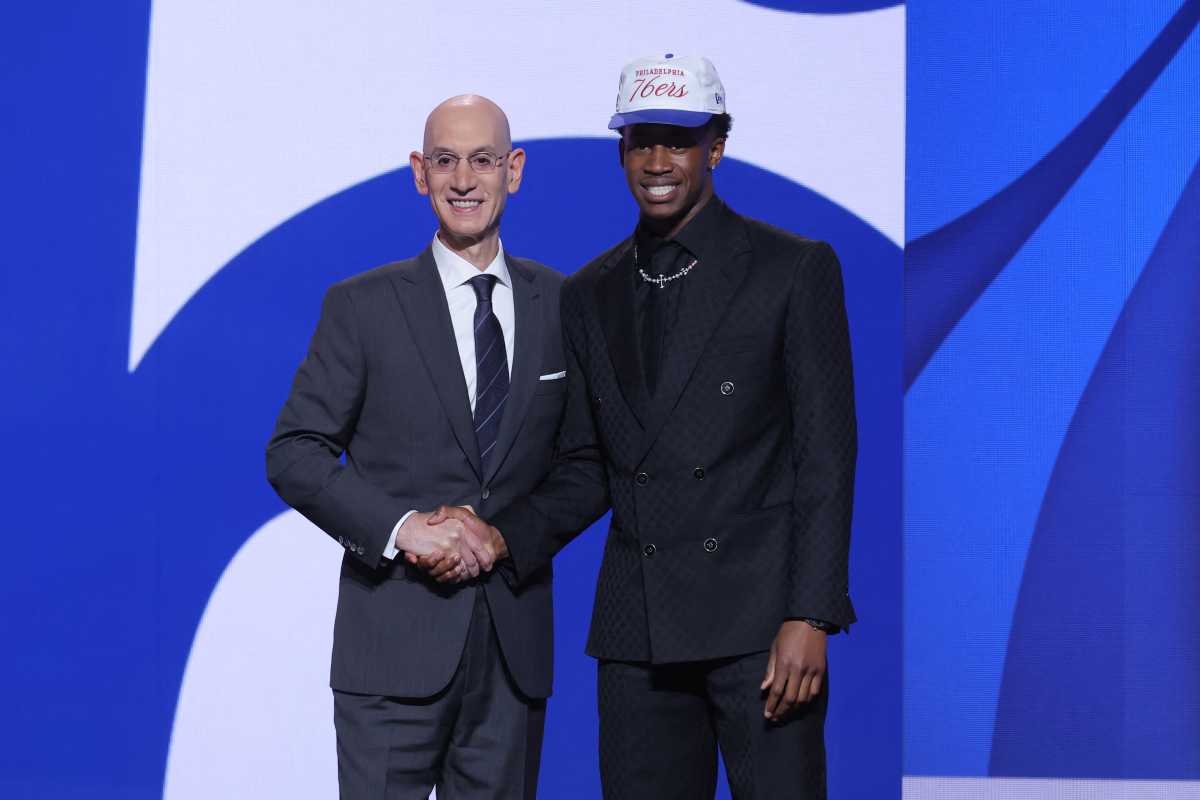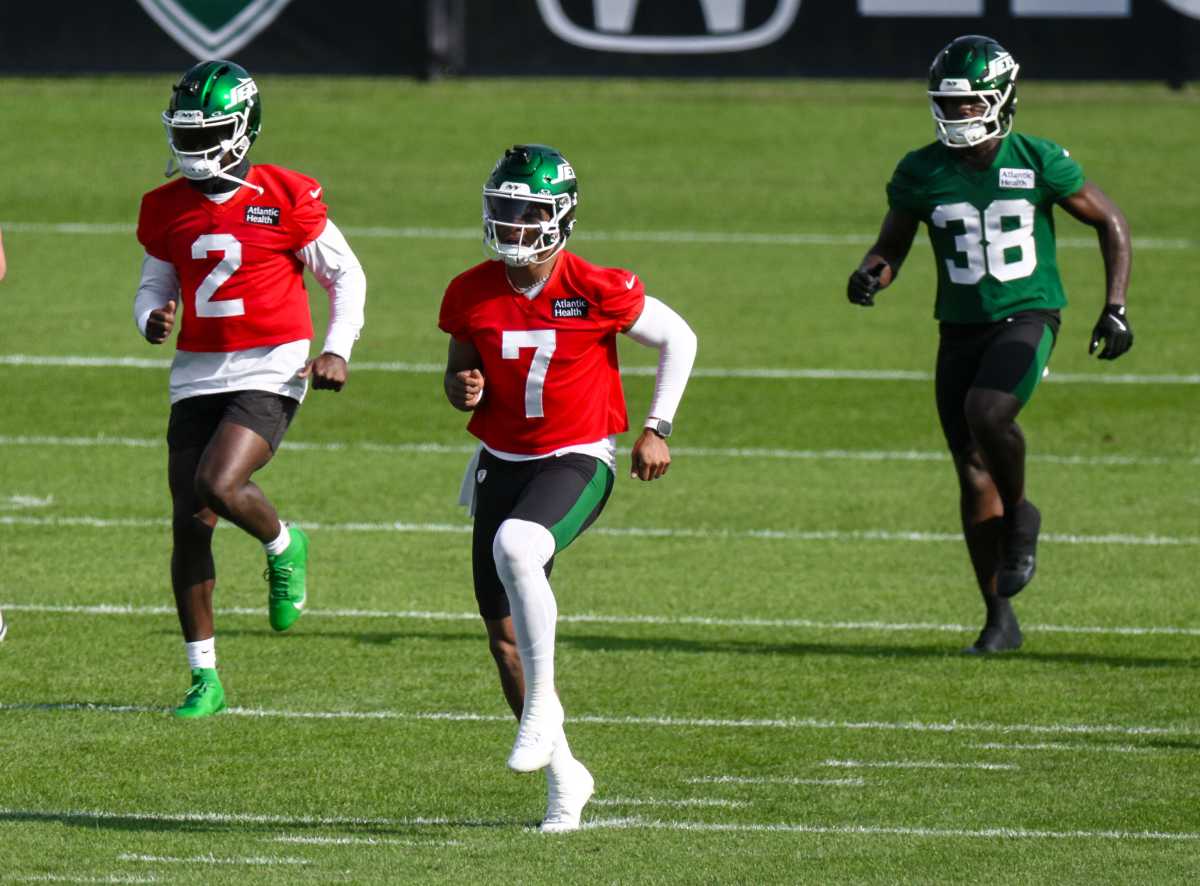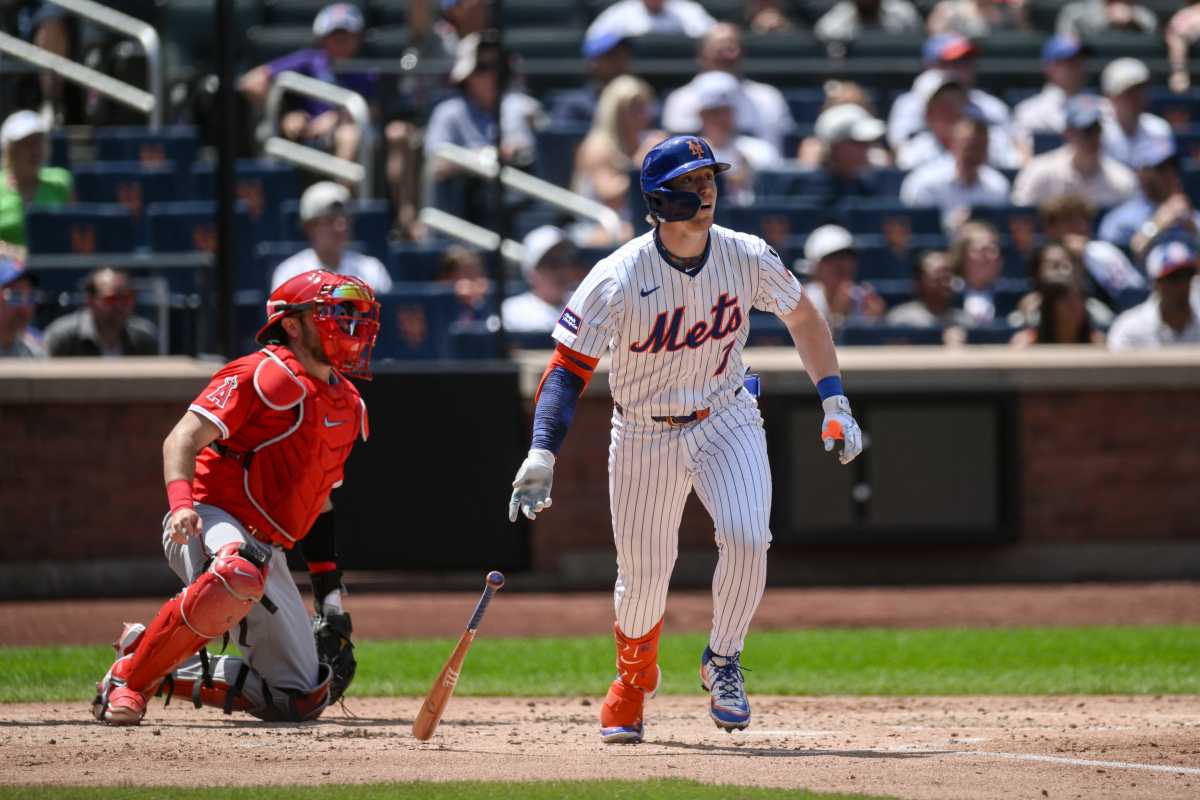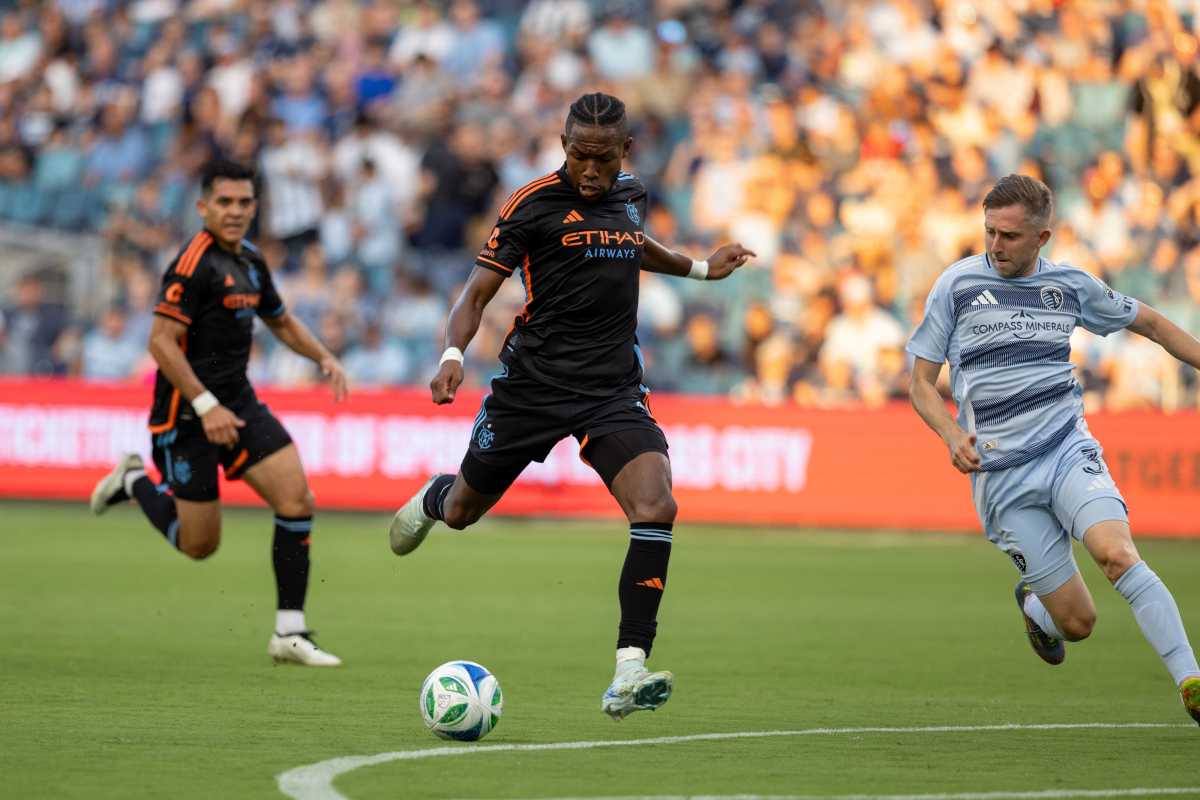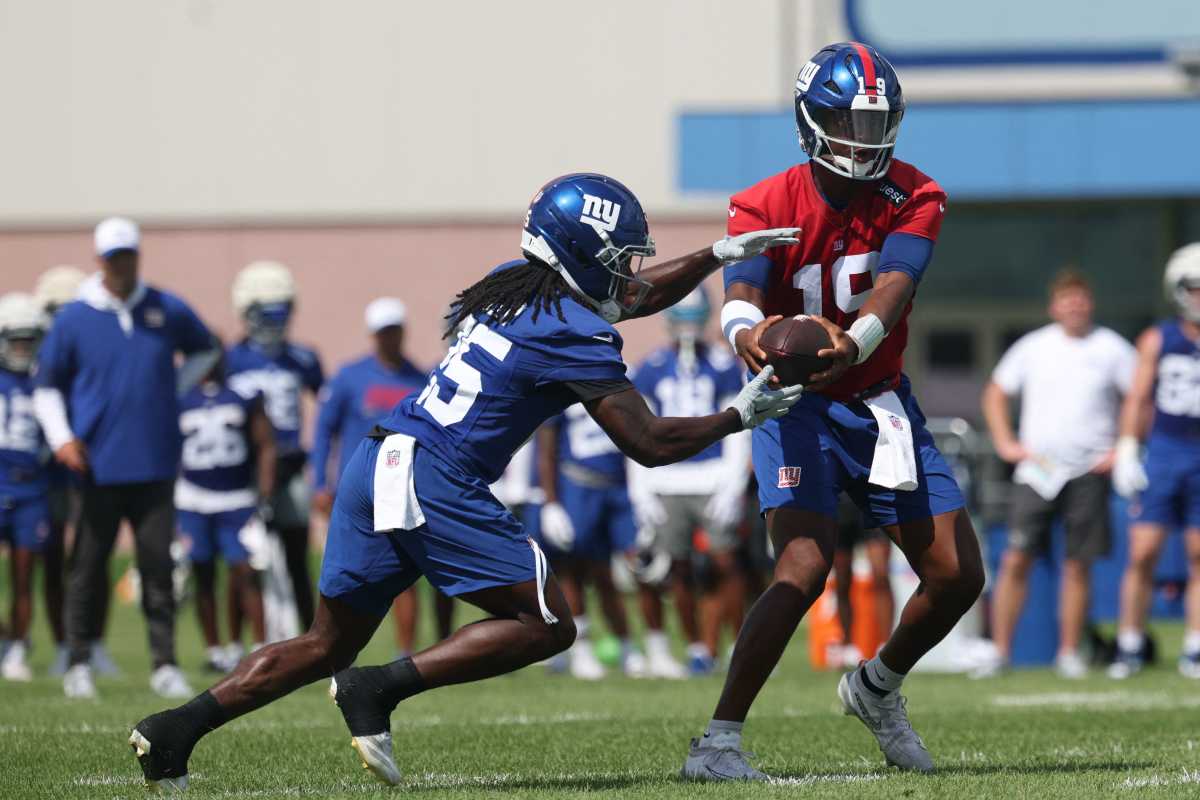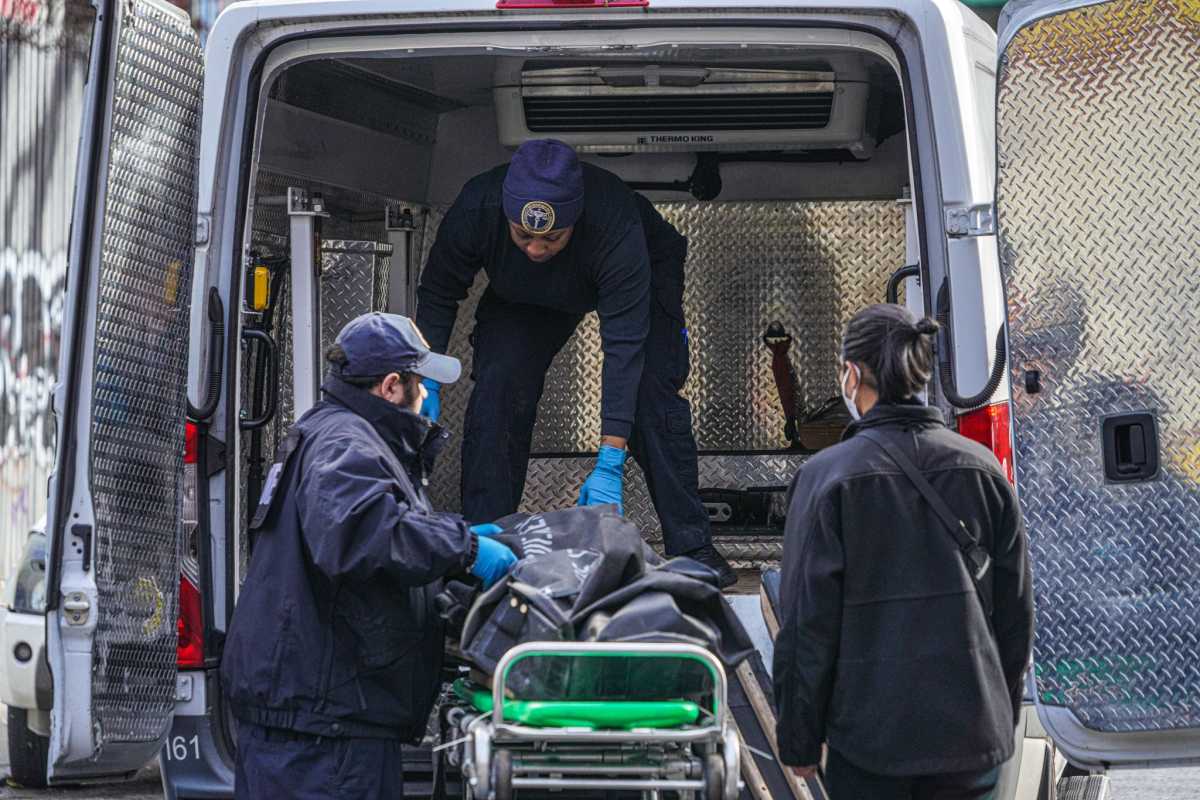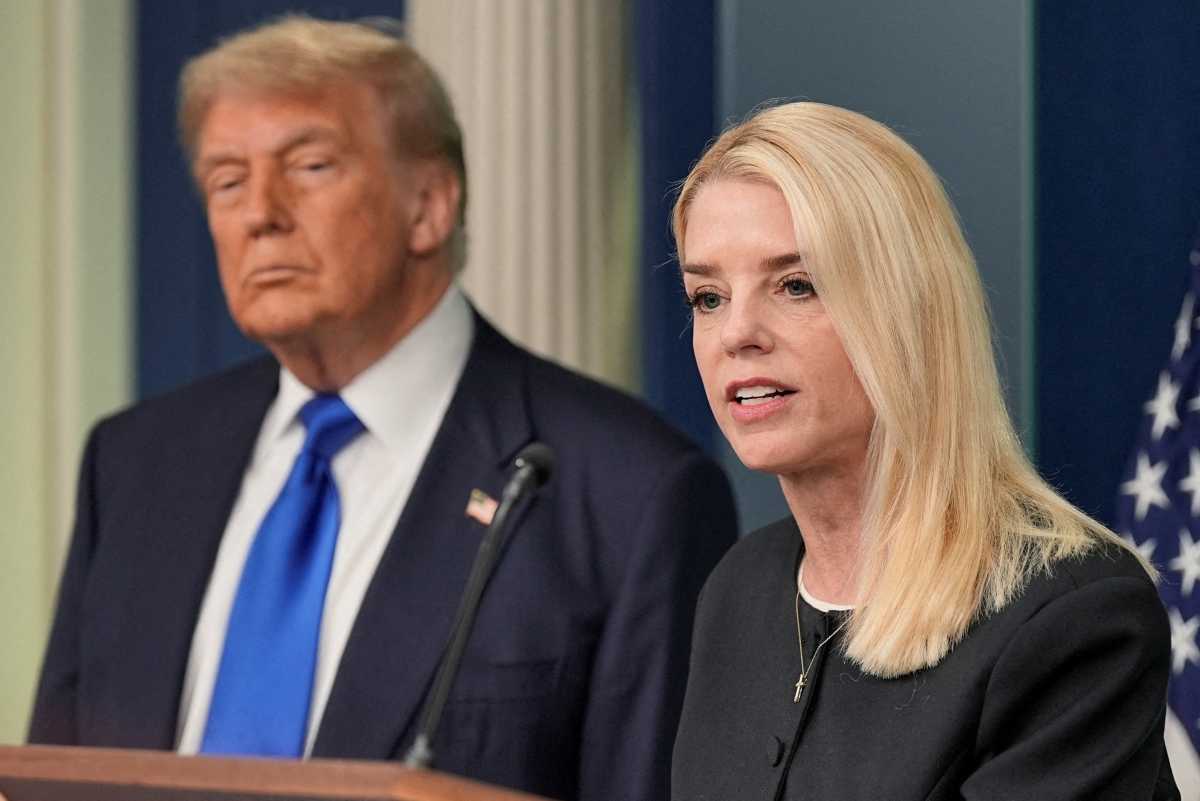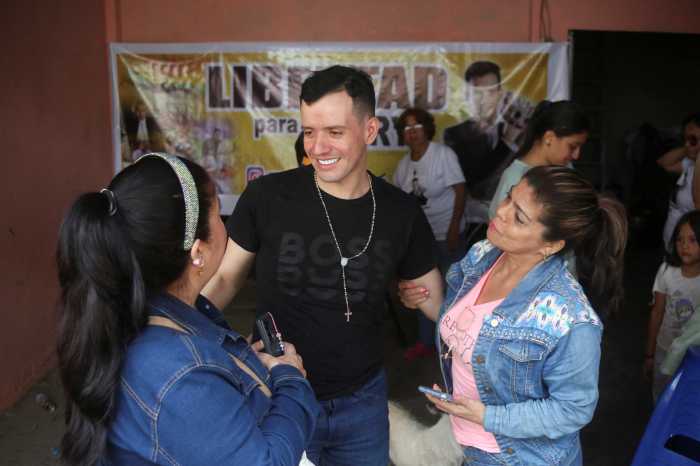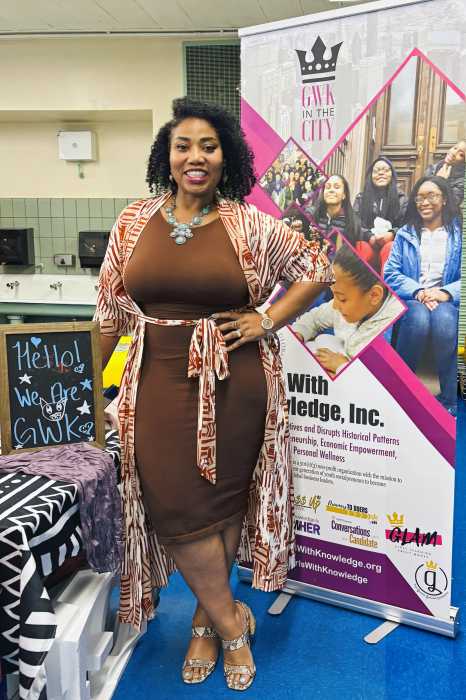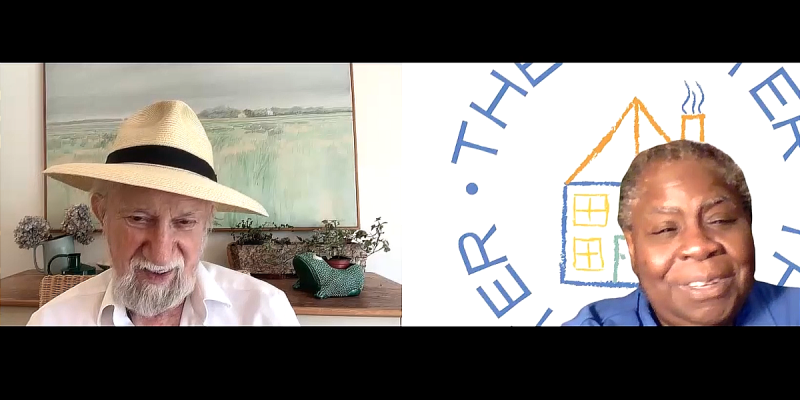If you’re fed up seeing the same clichéd touristy photos from your friends’ feeds on Facebook or Instagram, then consider the Camera Restricta, a device that prevents the user from taking photos everyone else does.
Related: Is technology killing our attention span?
The gizmo – effectively an app inside a smartphone housed in a 3D-printed camera body – located itself via GPS and searches online for pictures that that have been geotagged in the vicinity. If the gadget deems too many photos have been shot in the area, it automatically retracts the shutter and blocks the viewfinder, making it impossible for the user to take a snap. “It prevents people from repeatedly taking the same boring photos,” said Philipp Schmitt, Germany-based designer who created the prototype gadget.
Q: Why did you decide to create the Camera Restricta?
A: I study in the small German town of Schwäbisch Gmünd and live next to a picturesque church. There’s a small fountain in front of it and every day when I look out of my window I see people photographing that boring thing from every angle. It’s really nothing special. I wondered how many images of the fountain there were online and found a lot. So, I made a project out of it. I thought it would be interesting to have a camera that prevented people from taking the same picture over and over again. That’s how the basic idea for Camera Restricta was born.
Q: But aren’t you taking the fun and freedom out of taking snaps?
A: I’m not personally saying we should restrict photos. The project is just a scenario showing what could happen if we would. The argument is that my device prevents people from repeatedly taking the same boring photos, but this is of course over-simplifying. You can’t judge uniqueness of a photo just by counting geotags nearby.
Q: How does Camera Restricta work?
A: It’s is a speculative design of a new kind of camera. It locates itself via GPS and searches online for photos that have been geotagged nearby. If the camera decides that too many photos have been taken at your location, it retracts the shutter and blocks the viewfinder. You can’t take any more pictures here.
Q: What are the benefits of this camera?
A: It’s a scenario. People could buy this, because the camera manufacturers promise a “unique picture guarantee”. Other parties interested in limiting photography could like it for the ease of controlling photographers.
Q: Could authorities use the design to introduce censorship against photographers?
A: It’s out of question that, say, governments and some private sector companies could have an interest in restricting photography in certain places. With a camera like mine, institutions could simply define a “no-photo-zone”. When the camera enters that area, the photo function doesn’t work. Of course I’m not agreeing of censorship or repression of any kind. Still, the technology I used in Camera Restricta is included in every smartphone today.
Q: Could this camera hit the market some day?
A: Not in the way shown in the project. However, as soon as you have a data connection (let’s say to upload photos to social media) as well as GPS (to add a geotag to your photo), you already have everything needed for a Camera Restricta.
Website: http://philippschmitt.com/projects/camera-restricta







